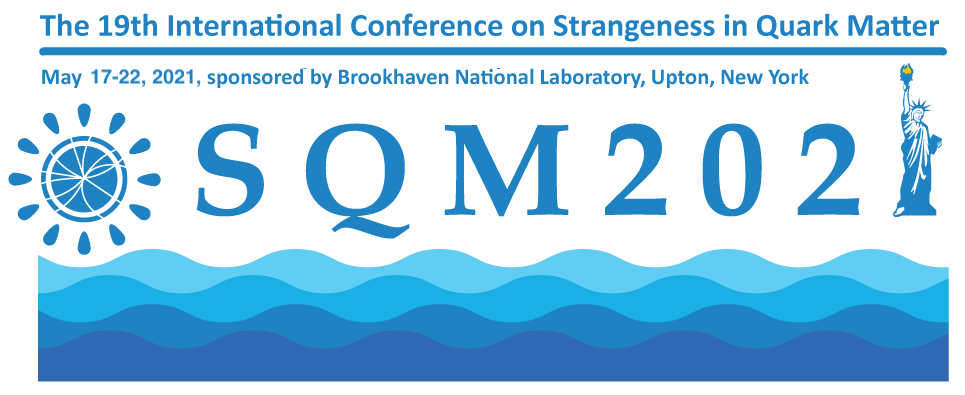Speaker
Description
Ultrarelativistic heavy-ion collision are characterized by the presence of very intense electromagnetic fields, which attain their maximal strength in the early stage and interplay with the strong vorticity induced in the plasma by the large angular momentum of the colliding nuclei. As a promising observable influenced by these phenomena we study the directed flow $v_1$ of neutral $D$ mesons by means of a relativistic Boltzmann transport approach. Confirming recent theoretical and experimental studies, we find that the $v_1$ for $D$ mesons is surprisingly much larger than that of light charged hadrons and we clarify its different origin with respect to the one of the bulk matter. We point out that the very large $v_1$ for $D$ mesons can be generated only if there is a longitudinal asymmetry between the bulk matter and the charm quarks and if the latter have a large non-perturbative interaction in the QGP medium. It is moreover associated to the small heavy-quark formation time expected to be more sensitive to the initial high-temperature dependence of the charm diffusion coefficient. We discuss also the splitting of $v_1$ for $D^0$ and $\overline{D}^0$ due to the electromagnetic field that is again much larger than the one observed for charged particles. We find a $v_1$ splitting of $D$ mesons in agreement with the data by STAR that have however still error bars comparable with the splitting itself. We highlight the role of the $D$-meson $v_1$ as a powerful observable connected to the transport properties of the hot QCD matter produced in high-energy collisions: the magnitude of the $v_1$ gives information on the heavy-quark diffusion coefficient whereas the $v_1$ splitting is associated to the electric conductivity of the QGP medium.




